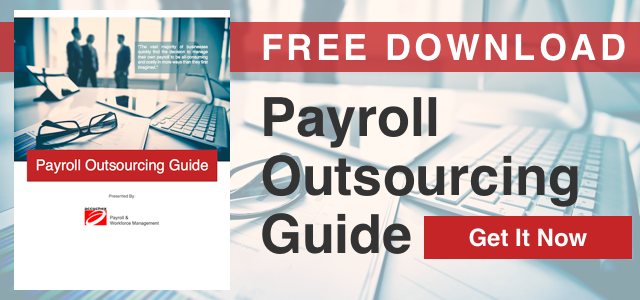
With employee compensation making up the largest portion of the benefits budget, employers are closely watching the Department of Labor’s (DOL) proposed changes to the overtime rules, which are expected to be released as early as this month, under the Fair Labor Standards Act (FLSA).
New FLSA Overtime Exemption Rules Expected Soon
The proposed rules increase the salary threshold for employee overtime pay from $23,600 per year to $50,440 per year. If the final rules reflect numbers in the proposed rules, employees currently working in salaried positions and make less than $50,440 per year will now be entitled to overtime pay. That’s a 113% increase over the current level.
The final rule will almost certainly be what is known as a “major” rule, which means that the rule cannot be effective for at least 60 days following its publication in the Federal Register.
However, one of the major concerns raised by employer groups in their meetings with the White House’s Office of Management and Budget (OMB), however, has been the difficulty this will create in implementing a change to the salary threshold in such a short period of time, particularly when no one yet knows what that salary threshold will be.
Lisa Horn, a spokeswoman for the Partnership to Protect Workplace Opportunity (PPWO), said the overtime rule would force employers to raise salaries above the proposed $50,440 a year to avoid the additional costs of overtime. She said businesses might also seek to avoid the costs by reclassifying workers from salaried to hourly.
“The proposal suggests a 60-day threshold date,” Horn also stated. “We’ve all said that’s unworkable. We need some more time to get this implemented.”
What Employers Need to Know About the New Overtime Rules
The final rule has the potential to impact the exempt status of a wide variety of positions in virtually every industry and impose the most significant changes to those regulations in at least a decade.
Here are five things employers need to know about the proposed rules from the PPWO, a group of more than 70 employer organizations and companies created to respond to the overtime rule changes:
1. This proposal represents a 113% immediate increase plus an annual increase
The proposed overtime rule would initially raise the salary threshold defining which employees must be paid overtime by 113%, from $23,600 to $50,440. In addition, the DOL has proposed increasing this minimum salary on an annual basis.
2. The proposal will impact millions of workers and cost billions to businesses
According to the DOL, the rule will affect over 10 million workers – workers who may see their workplace flexibility diminished or a loss in other benefits they rely on, says the PPWO. The National Retail Federation estimates retail and restaurant businesses will see an increase of more than $8.4 billion per year in costs.
3. The implementation window is very short
As proposed, the implementation timeline for this rule is only 60 days, which will place a massive burden on HR departments and organizations scrambling to comply, according to the PPWO. “That 60 days is just completely unworkable from an organization’s standpoint and having to implement these changes in such a short time frame,” says Horn. “These are, for some organizations, really massive changes.”
4. Many employees will need to be demoted
This change could force employers to reclassify professional employees from salaried to hourly – including many managers and those with advanced degrees – resulting in a loss in benefits, bonuses, and flexibility, and a reduction in professional opportunities.
5. This is a blanket increase that disproportionately impacts lower cost areas
A one-size-fits-all approach is inappropriate for the different industries and various regions of the country. While the threshold of $50,440 may be reasonable in New York City, a comparable cost of living in Birmingham, Alabama, for example, is only about $21,000 – making the threshold unattainable and unrealistic for many small businesses in lower cost of living areas, according to the PPWO.
Getting Expert Help to Stay Up to Date and In Compliance
An updated payroll compliance strategy will help your organization meet its obligations, while providing accuracy and timeliness. So take time to understand the laws, prioritize employee and manager salary changes, and maintain accurate record keeping. In this way, you will make compliance a sure thing.
Another key step in maintaining HR compliance and increasing your company's cost-effectiveness is to consider outsourcing. A professional agency such a Accuchex can provide much-needed help with Human Resources needs and questions.
Accuchex is a full spectrum Payroll Management Services provider offering expertise in Time Management, Insurance and Retirement issues, as well.


